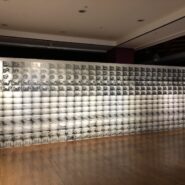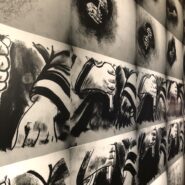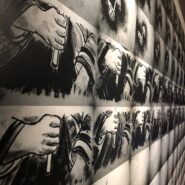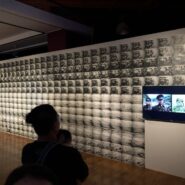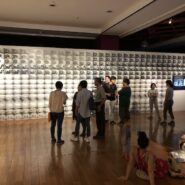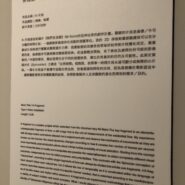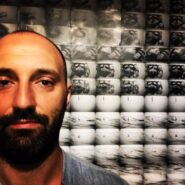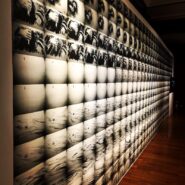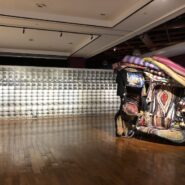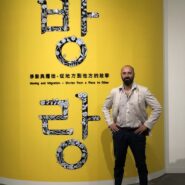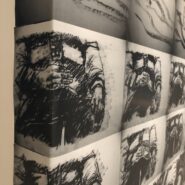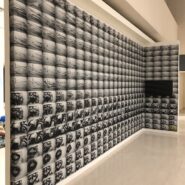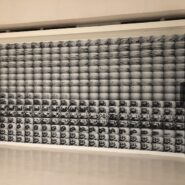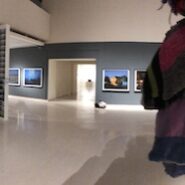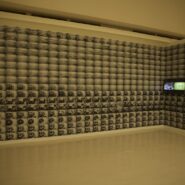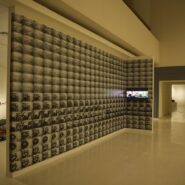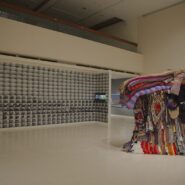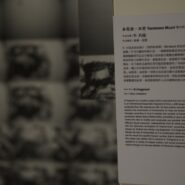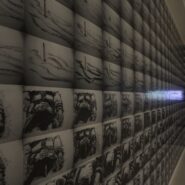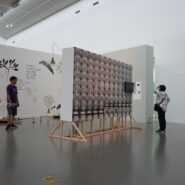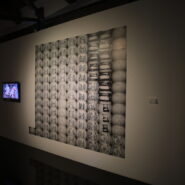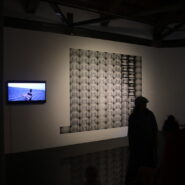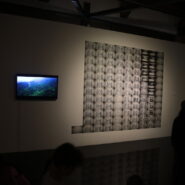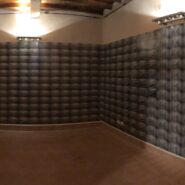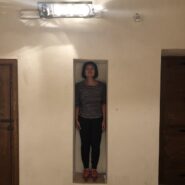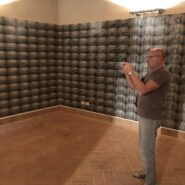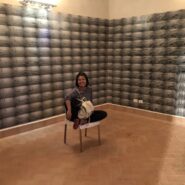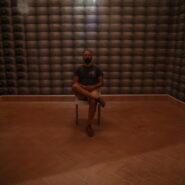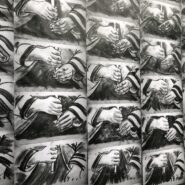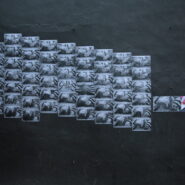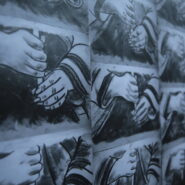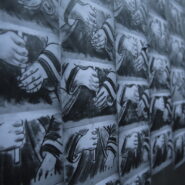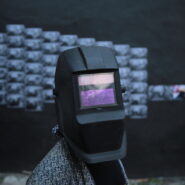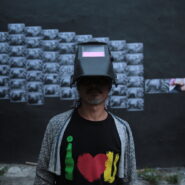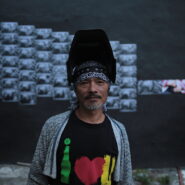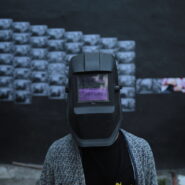K-Fragment
Visual installation By Tommaso Muzzi
Exposed in:
Taitung National Museum of Prehistory 國立臺灣史前文化博物館
(‘Wandering Seeds: Moving and Migration – Stories from a Place to Another’)
https://www.moc.gov.tw/en/information_197_88075.html
Kaoshiung Museum of Fine Art 高雄市立美術館
(移動與遷徙 – 從地方到他方的故事 Moving And Migration – Stories From A Place to Other)
https://www.kmfa.gov.tw/English/ExhibitionDetailE001100.aspx?Cond=76a21a2f-9bed-44bc-b8ae-e37227395561
Seoul (Korea) Gyeonggi Museum of Modern Art
(移動與遷徙 – 從地方到他方的故事 Moving And Migration – Stories From A Place to Other)
https://gmoma-en.ggcf.kr/archives/exhibit/moving-migration-2
Castelnuovo di Porto (Roma)
(Castelnuovo Fotografia Festival VII EDIZIONE)
多馬索‧木奇 Tommaso Muzzi義大利 Italy
作品名稱 | K-片段
作品類型 | 錄像、裝置
K-片段是從紀錄片《我們在這裡》Nii-Nami所延伸出來的創作計畫。關鍵的片段是基礎/不可分離的時間片段:一個靜態影像是存在流動的測量單位。我的 2D 停格動畫經驗讓我可以在分解成片段時進行實驗並觀察運行力學:視覺動態的改變是依照每秒如何使片段變化而定,最重要的是,後期製作可讓視覺改變無限延伸。從這個概念開始,有了修改及處理任何可能的影像素材/內容的想法,藉此取得完全不同的視覺效果,獨立於其最初的目的及可能性。此與史賓諾沙式 (Spinozian) 之概念「自然時間」相對照,依照單一時間片段永遠可劃分成無限的小片段。一個K片段並不會遵守這個自然法則,但會跟著時間性的法則,因為是建構在電影語言中:縮時攝影是特定架構數量的結果,依照影像製作人及其觀察的意志而得到的需求/目的。
Work Title | K-Fragment
Type | Video Installation
K-fragment is a creative project which extended from the documen-tary Nii-Nami.The key fragment is an elementary/inseparable fragment of time: a still image that is the unit of measurement of the existential flow. My experience with 2d stop-motion animations allowed me to experiment with and observe the mechanics of movements as they are broken up into frames: the visual dynamics changes according to how it variates the number of frames per second; most importantly, post-production allows about infinite further possibility of visual alteration. Starting from this concept here comes the idea to modify and manipulate any possible film material/content, to obtain completely different visual outcomes, independently from its initial purposes and potentialities. This contrasts with the Spinozian conception of “natural time”, according to which single fragments of time can always be divided into infinite sub-fragments. A K-fragment doesn’t follow such natural law, but it follows the law of temporality as it is constructed within the language of cinema: here time lapses are the result of a specific frames’ number, that is reworked according to the needs/purposes of the film-maker and his/her will to observe it. K-fragment is an experimental methodology that can be applied to a variety of subject matters and social concerns. What I would choose to develop and explore though it is the loss identity of Taiwanese indigenous afther be deported.
